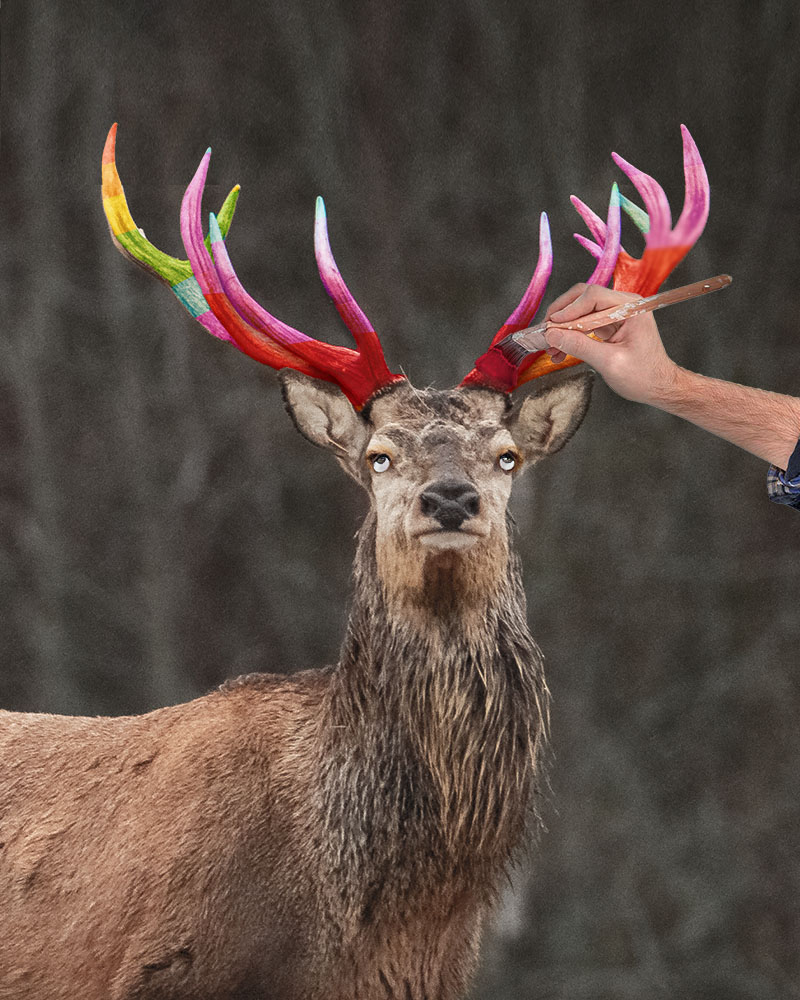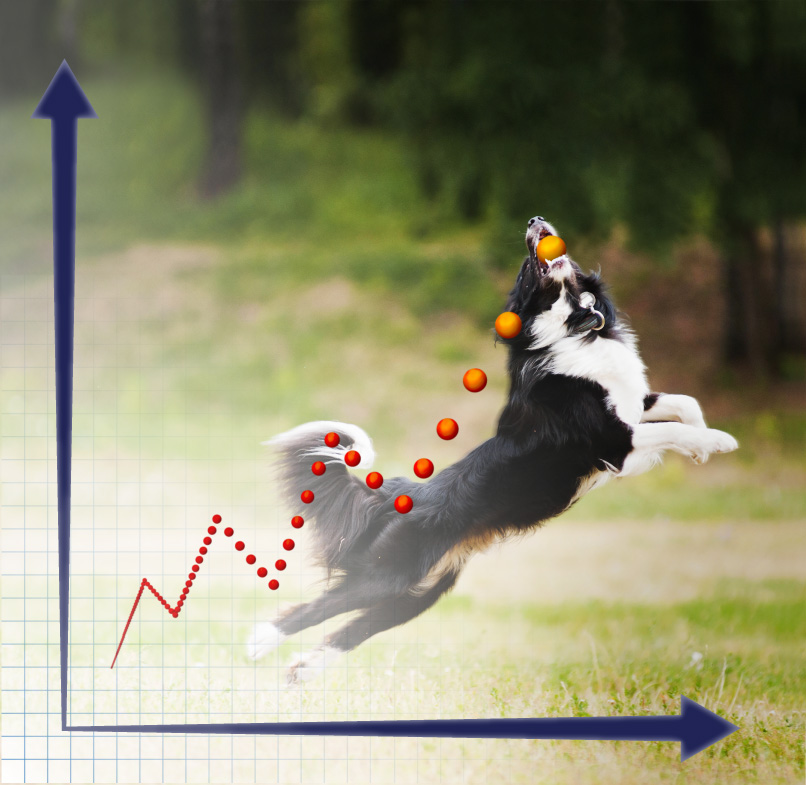Our household uses very little butter — mostly just to prepare eggs for breakfast — so it’s not surprising that I’ve only just had my first encounter with Challenge Butter. (The brand, I’ve since found out, has been around for more than a century.) I don’t know how the package ended up in our kitchen — it was probably bought on a day when the plain store brand was unavailable — but it certainly gave me a start when I opened the refrigerator door. The box portrays a pristine lake surrounded by evergreens, similar in style and coloring to the illustration on the Land O’Lakes box, but the placid scene is dominated by an outsized, heavily antlered deer at its center. This is not one of your meek, Bambi-like deer; it’s a deer that would cause you to freeze in its headlights (if it had headlights). This is a deer that says, “I challenge you to eat this butter.”
The thing is, I don’t want my butter to be challenging. Butter is supposed to be compliant — it’s supposed to spread when you want it to spread, and melt when you want it to melt. I’m trying to imagine the focus group at which they tested the name “Challenge Butter”:
“That is the stupidest name for a dairy product that I’ve ever heard.”
“Oh, yeah? Want to take it outside?”
Contemplating this badly branded foodstuff takes me back to my childhood, when I made frequent use of an unappealingly named product called “Testor’s Pla.” Pla was an oil-based paint, an enamel, that was most often used for detailing plastic model kits. It was sold in tiny bottles, holding a fraction of a fluid ounce, for about twelve cents apiece. At the five-and-ten-cent store, a rack displaying Pla bottles in dozens of different colors made purchasing one almost irresistible.
But the name! Our neighbor Jackie, who used to babysit for my sister and me, would always make me laugh when she looked sadly at my row of bottles and drawled “Pla-a-a-ah,” as if she were trying to eject something distasteful from her throat. The only way I could account for the name was to imagine that it was originally something like Placenta or Plantagenet, but that the full word was too long to fit on one of those tiny labels.
The Testor Corporation is still around, but the name Pla appears to have been retired in favor of “Testor’s Enamel.” I’m hoping that the trend will continue, and that we can look forward to eventually seeing “Encouragement Butter.”
I can’t conclude a discussion of unfortunate product names without returning to one of my pet peeves, “cheese.” Obviously, “cheese” is a generic term, not a brand name, but that makes it all the worse, because every derivative of milk curds therefore receives that unappetizing designation. Any word that consists of a harsh consonant followed by a whining, constricted vowel sound can’t refer to anything good. (See “pet peeve,” above.)
Try saying it out loud: “Che-e-e-e-se.” Does that really sound like something you’d want to ingest? The fact that it echoes the universal childhood expression of distaste, “E-e-e-e-w,” can’t be coincidental. With so many English food terms having been borrowed from French, I wish we could have gone with the lovely word “fromage.” I’ve always been resistant to putting cream cheese (“cre-e-e-m che-e-e-se”) on my bagels, but I’m sure my taste would have developed differently if the traditional topping had been “le fromage à la crème.” As it is, I generally eat them cheeseless, topped instead with the most docile butter I can find.






Recent Comments